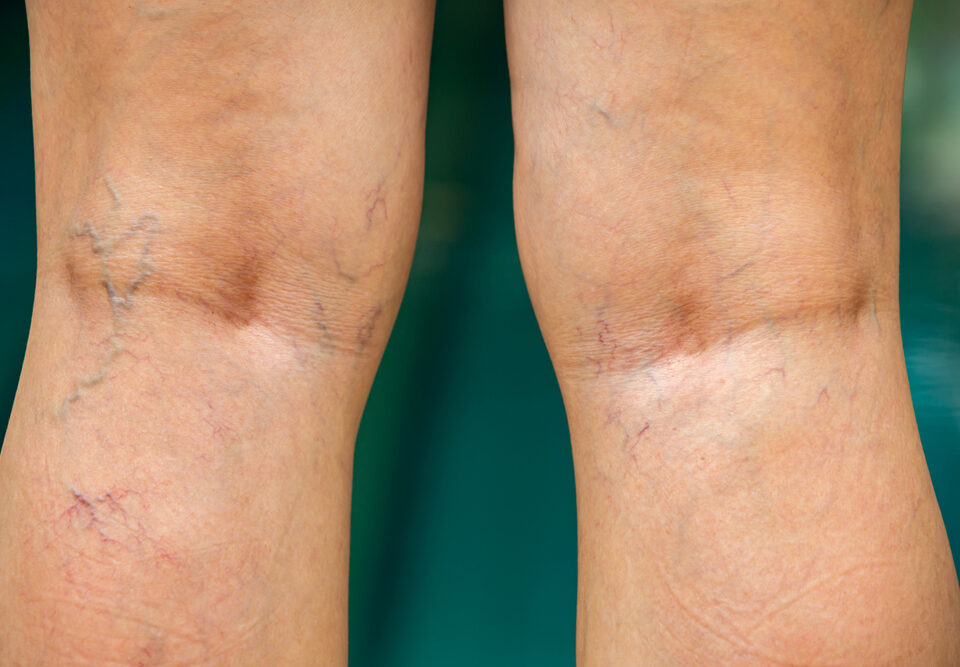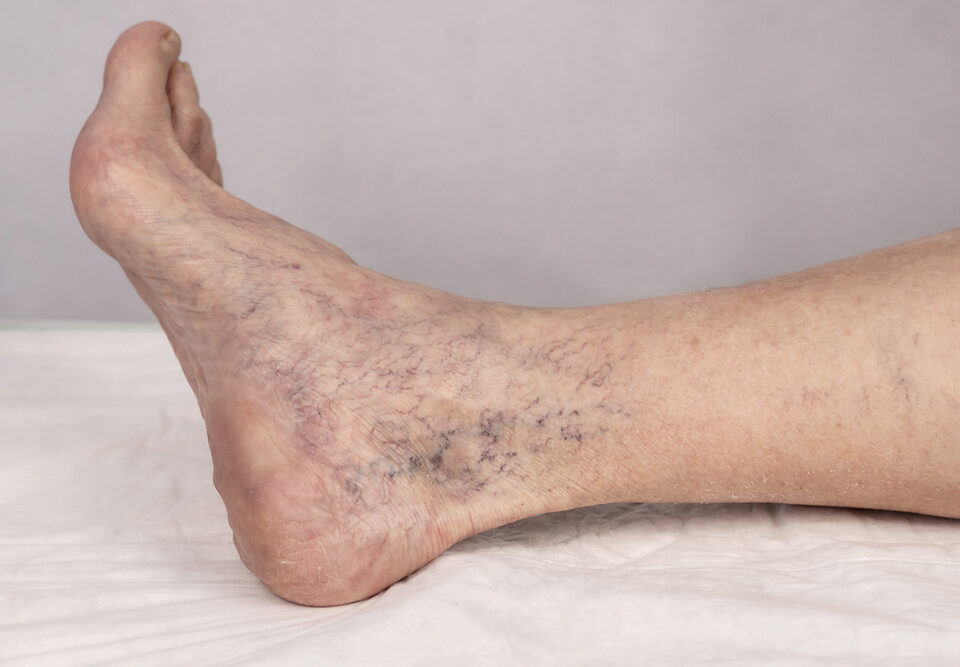Blood clots are a common health concern, and the concern grows stronger as you pass into your senior years. Most people are vulnerable to some type of blood clot, but when a blood clot is located deep within the body, it can be difficult to catch, is more difficult to diagnose, and puts you at risk for complications.
Our warm and compassionate team at Premier Vein & Vascular in Tampa and Largo, Florida, works with patients to address the symptoms and complications of deep vein thrombosis (DVT), a serious condition that you might not even know you have. If you have symptoms, here’s why you shouldn’t ignore them.
What is DVT?
Your system of veins, arteries, and capillaries is vulnerable to a number of issues, with blood clots being a fairly common issue. One of the more serious issues is deep vein thrombosis, which occurs when a vein located far below the surface of your skin develops a clot.
These clots can occur in your arm and hip but are most commonly found in your thigh and lower leg. According to the Centers for Disease Control and Prevention, about half of people who develop DVT experience symptoms, which typically include:
- Severe pain in the affected foot and ankle
- Skin color changes in the area around the DVT
- Leg cramps, usually in the calf
- Swelling in the ankle and/or foot
If your DVT occurs in your arm, you may experience swelling or weakness in your hand, discolored skin in the area of the clot, or pain in your neck, shoulder, or forearm.
If you experience symptoms of DVT, you need to visit your provider at Premier Vein & Vascular as soon as possible. You can stay on top of your vascular health with regular checkups. Regular visits are particularly important for people who have risk factors for developing a DVT, such as:
- Heavy smoking
- Hormone therapy, including birth control
- Being overweight or obese
- Sitting for long periods
- A family history of any blood clotting disorder, cancer, and heart failure
Altered hormone levels can increase your risk of developing DVT, and pregnant women are among the 300,000 cases of DVT diagnosed each year. It’s important to watch for symptoms and contact your provider if you think you might have developed a blood clot.
Complications of DVT
You should never ignore DVT. As with any medical condition, complications can develop when you have DVT. One in 10 develop a pulmonary embolism (PE), which happens when a clot in the leg works loose, moving through the bloodstream to the arteries in the lungs.
If a blood clot blocks an artery in your lungs, it can interfere with the lungs’ function and damage your lungs. Symptoms include:
- Rapid heart rate and breathing
- Dizziness and sweating
- Chest pain
- Coughing up blood
A PE is an emergency medical situation, and you should call 911 immediately.
Another reason to take prompt action if you suspect DVT: If you’ve had COVID-19, you’re at increased risk of developing a PE.
DVT prevention and treatment
DVT is preventable, and it’s treatable if caught early. Your provider will suggest updates to your diet, recommend appropriate exercises for you, and give you helpful hints to keep your blood flow as healthy and productive as possible. Medications such as blood thinners help prevent the formation of blood clots.
DVT is a serious health concern, one you shouldn’t ignore. We’re ready to treat you with the care you deserve. Call us at our location most convenient to you, or use our online appointment system to book a consultation today.





